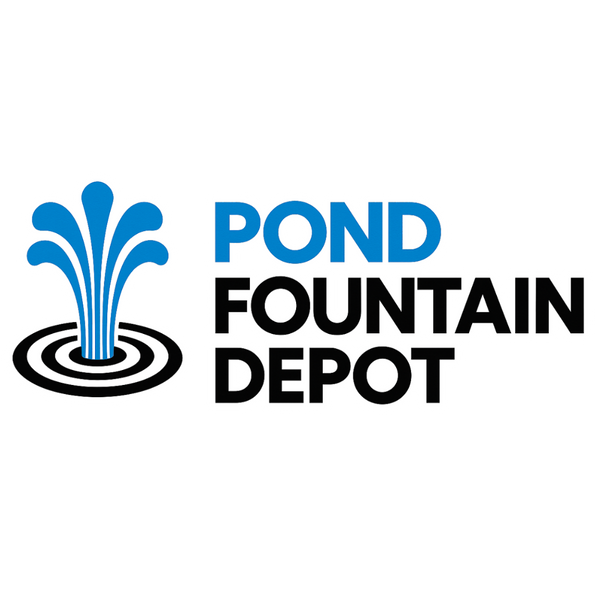
Historical Significance of Fountains in Garden Design
Share
Gardens have long been spaces of tranquility, beauty, and creativity, and one of the most captivating features often found within these sacred havens is the fountain. The presence of fountains in gardens can be traced back thousands of years, serving both functional and aesthetic purposes that have evolved over time. Their enduring appeal lies in their ability to transform garden spaces, and their historical significance is as vast as their modern-day applications.
Early Beginnings
The earliest known gardens with fountains date back to Ancient Persia, where they symbolized paradise and were essential for irrigating the dry landscapes. These early fountains were more than just artistic ornaments; they were pivotal in sustaining plant life, reflecting the ingenuity and resourcefulness of ancient civilizations. Water was seen as a life-giving force, and its presence in garden design was both a symbol of luxury and necessity.
Roman Influence
The Romans took garden fountain design to new heights, with water features becoming central elements in Roman villa gardens. Their engineering feats allowed for elaborate water displays, from cascading waterfalls to ornate tiered fountains. Fountains like the Hampton One Tier Fountain echo this rich tradition, showcasing simplicity and elegance reminiscent of Roman influence, suitable for today's garden spaces.
Medieval and Renaissance Revival
During the Medieval period, fountains took on a more spiritual role within monastery gardens, symbolizing purification and the divine. As the Renaissance ushered in a revival of classical art and culture, fountains once again became luxury items for the elite, incorporating intricate sculptures and symbolic motifs inspired by mythology and history.
The Etruria Urn Fountain is reminiscent of these lavish designs, where aesthetic elegance and historical allusion create a focal point in any garden setting.
Modern-day Interpretations
Today, garden fountains have evolved to suit various styles and preferences, from the minimalist designs reminiscent of Zen gardens to the grandeur of classical European estates. Modern innovations allow homeowners to incorporate fountains that align with both their aesthetic tastes and the practical needs of their garden environments.
For those who appreciate timeless elegance with a touch of contemporary flair, the Obelisk Fountain offers a strikingly modern silhouette while still embodying the historical depth of its ancient namesake.
Browsing through a diverse collection of garden fountains, such as those available at Pond Fountain Depot, helps in selecting the perfect water feature that resonates with one's love for history and garden artistry.
Incorporating a fountain into a garden setting is not just about enhancing the aesthetic appeal; it’s about connecting with a rich history of garden design that spans cultures and centuries. Discover how these water features can transform your garden, and delve into a world where history, design, and tranquility converge.
Discover the art of garden fountains with Pond Fountain Depot.
